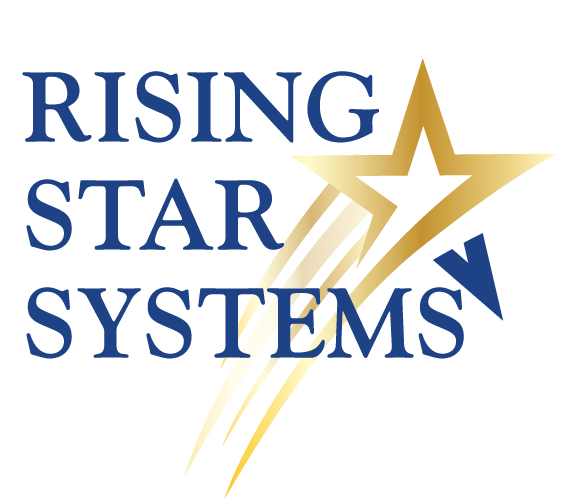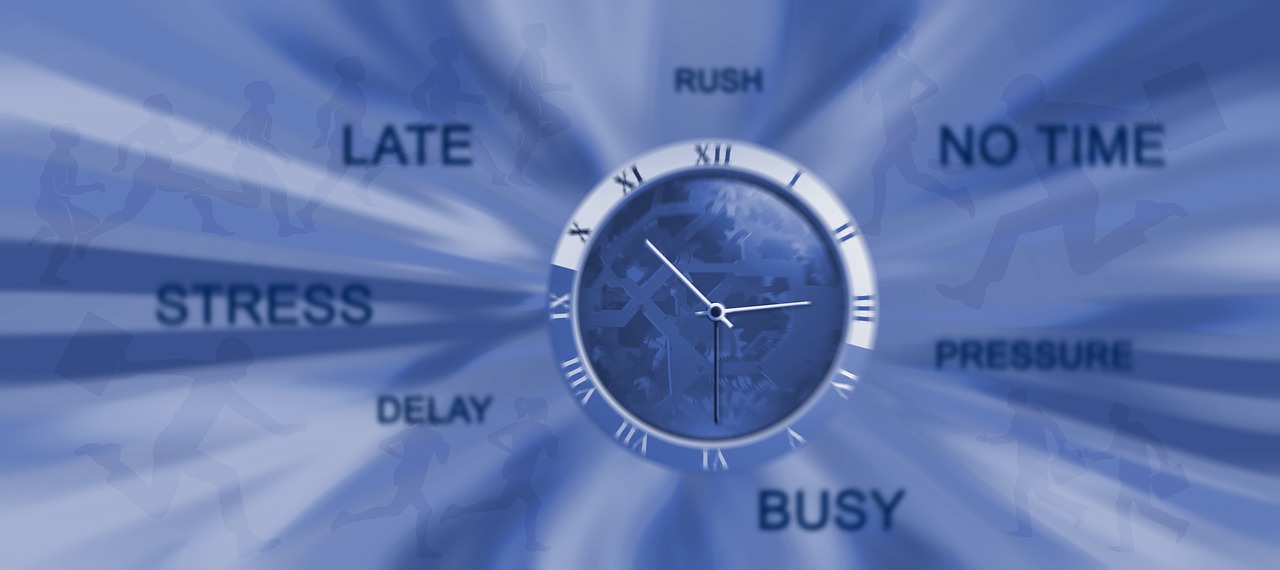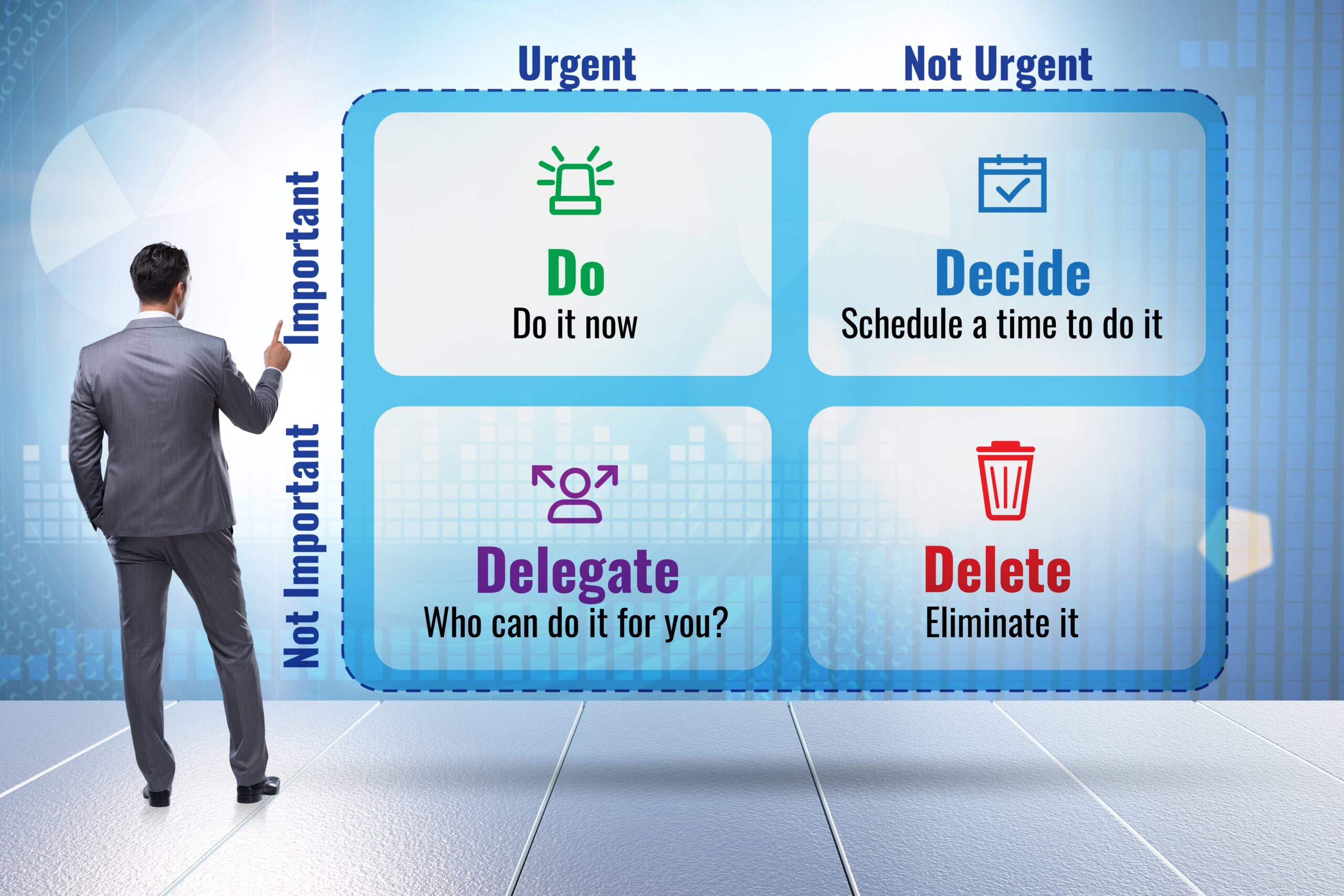Today’s blog is the third installment of my Time Management Mastery series. If you missed the first 2 in the series, you can find them here:
If you find them valuable, please leave a comment and share them out to your community. I appreciate it!
In the first 2 posts in this series, I’ve been talking about Time Management and how critical having a functioning system is for your productivity, wellness and satisfaction with your life.
But without a task management system, your time management system is hollow – what do you put inside it?
A well-designed task management system that works the way you think, organically, will not only improve your productivity, it will also improve your lifestyle and levels of satisfaction and well-being.
I’ve seen many styles and designs of task management systems and often, when a client’s life is dysfunctional, the task management system has major gaps or flaws that cause many of their problems.
Clients have increased their income, created stronger relationships with family and friends, felt more in touch with their spirituality and created greater well-being and happiness in their lives, simply by creating a functional task management system that fits seamlessly into their time management system, and then creates the habits that maintain both.
In my upcoming Time Management Mastery Intensive, we’ll be spending time designing and implementing your task management system.
In the meantime, here are the Top 5 most important elements of a task management system that will support your productivity, lifestyle and well-being:
Top 5 Most Important Elements of Your Task Management System
1. User-Friendly Interface:
Your task management system needs an intuitive and easy-to-use interface that facilitates quick task entry, organization, and tracking. Whether your system is analog or digital, you need to be able to work with it easily and effortlessly. The learning curve needs to be short and fast.
2. Task Creation and Editing:
You need to have the ability to easily add, edit, and delete tasks, including options for setting due dates, priorities, and other relevant details.
It may seem like writing a task on a post-it or making a list on a notepad offers those abilities. But how many times have you lost the post-it or it got buried under a million other post-its? And how many times have you had to rewrite your list because you’ve added to it and crossed stuff out and it’s become unreadable? And how many versions of that list do you have piled up on your desk? And how long is that list? Pages?
A big list is a sure way to create overwhelm. It also wastes time.
For example, you have a spare 15 minutes and want to cross one thing off your list – how much time do you spend reading your list deciding which thing to do?
You may prefer analog – but digital eliminates many of those issues.
3. Organization and Categorization:
A system with features that allow users to categorize tasks, assign tags or labels, and create folders or projects for better organization is critical.
Every task should be connected to a specific goal and/or project. Tasks that are not connected will be forgotten or resisted and resented.
You need to be able to look at only one project or goal area at a time. This will quickly eliminate overwhelm by allowing you to focus in on your priority for this block of time.
Your system needs to have the ability to break large tasks (or goals) into small enough chunks that you can work through them in the block of time you’ve got available.
Your system also needs the ability to easily sort by priority, due date, start date, and estimated time of completion.
This way, when you have 15 minutes, knowing the goal you’re focused on, you can quickly sort out only the tasks that you can complete in 15 minutes by priority and choose which one to tackle.
4. Prioritization:
One challenge people have is feeling like everything is a top level priority. If you’ve organized and categorized your tasks by projects and goals, then you can assign more accurate priorities (or order of action) to each task.
A system with the tools for assigning priority levels to tasks will help you focus on the most critical and time-sensitive items.
In the Time Management Mastery Intensive, I will be teaching you a very simple prioritization system that will clearly identify the most important (and urgent) items on your to do list.
5. Due Dates and Deadlines:
Until you’ve chosen what date and time you’re going to address a specific task, you are essentially blind to that task. Setting due dates and deadlines needs to be part of the functionality of your system.
And this is an area where people really get into the weeds. Because often one task depends on the completion of another task and sometimes you’re waiting on other people performing those tasks.
But it also depends on your ability to know how long a specific task takes. This is a critical time management skill that many people struggle with.
In the Time Management Mastery Intensive, you’ll create a functional task management system that is built into a broader time management system.
I’ll be teaching you how to implement new habits, behaviors and structures in ways that befit how you organically and intuitively think and function. You’ll explore what task management system best fits your style. And you’ll test and implement that system.
This program isn’t about forcing you into how someone else thinks you should manage your time because it worked for them.
Finding the right task management app may take some testing and practice, because there are a lot of them. But once you understand what your needs are, it becomes a lot easier to evaluate the tools available.
In the Time Management Mastery Intensive program, we address most of these 10 issues – because they are critical to creating a time management system and skill mastery. A new program will be starting soon. Register today to gain mastery on the most fundamental success skill that all other skills depend on.






One Response
This awesome knowledge Debra thank for sharing it with us! Warmly, Victoria